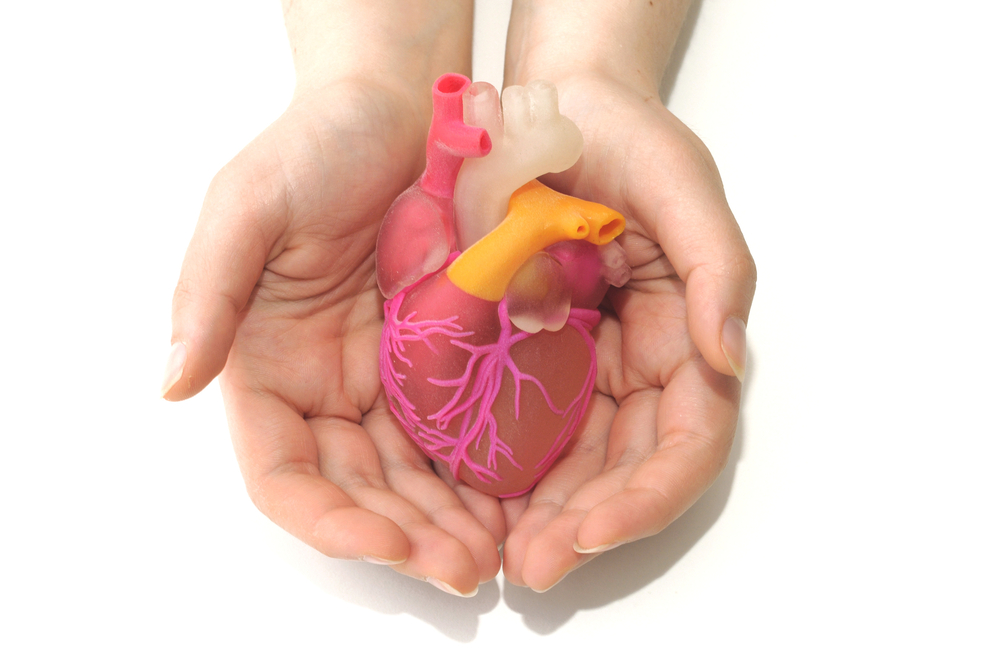Case Report Reveals Unusual Manifestations of Cardiac Sarcoidosis, with Potential to Help Diagnose Disease
Written by |

Cardiac sarcoidosis differential diagnosis — being able to differentiate between cardiac sarcoidosis and other diseases with similar symptoms — is critical due to the progressive nature of the condition and the existence of effective treatment strategies for patients.
Now, researchers at the University of Texas Health Science Center at Houston and the Memorial Hermann Hospital–Texas Medical Center described the clinical features of a patient where the unusual manifestation of sarcoidosis appeared as loss of consciousness with new-onset atrial arrhythmia, shedding some light on manifestations that can help doctors diagnose this disease in the future.
The study, “Primary Cardiac Sarcoidosis with Syncope and Refractory Atrial Arrhythmia: A Case Report and Review of the Literature,” was published in the Texas Heart Institute Journal.
Sarcoidosis is a disease that occurs mostly in black women, followed by black men, with incidence rates of 39.1 and 29.8 per 100,000 people, respectively, compared to 12.1 and 9.6 cases per 100,000 found in white women and white men, respectively.
Cardiac sarcoidosis, especially, can manifest itself in a number of ways, ranging from no symptoms to severe heart failure, or to sudden cardiac death, depending on the degree and location of the granulomas. Frequently, patients manifest heart block and arrhythmias — which may significantly decrease patient’s prognosis — accompanied by symptoms of weakness, palpitation, or chest pain.
In this study, researchers reported the case of a 38-year-old black man who was evaluated after he lost consciousness and atrial arrhythmia resistant to drug therapy. The patient had a history of hypertension, obstructive sleep apnea, and diabetes, and he reported shortness of breath, palpitations, and chest pain.
Patient’s initial evaluation suggested an atrial blood clot, which was not efficiently treated with six months of anticoagulation therapy. The patient therefore underwent surgical excision of the atrial appendage and atrial mass, followed by radiofrequency ablation of the atrial flutter arrhythmia.
During the procedure, surgeons found that the patient had masses throughout the exposed heart, which were later confirmed as granulomas, a hallmark of sarcoidosis. However, no hilar adenopathy or pulmonary abnormalities were identified on high-resolution computed tomography (HRCT) of the chest, which are typical signs of the condition. This led to a diagnosis of cardiac sarcoidosis, with consequent arrhythmias.
The patient was effectively treated with prednisone, a corticosteroid, and showed significant improvement of heart-failure symptoms and resolution of the arrhythmias.
This study illustrates that cardiac sarcoidosis can manifest in the form of syncope episodes (temporary loss of consciousness), atrial arrhythmias refractory to pharmacological treatment, and thrombus formation.
Knowing possible manifestations of this disease is important because early identification and treatment of cardiac sarcoidosis is associated with better function and increased survival rates.





